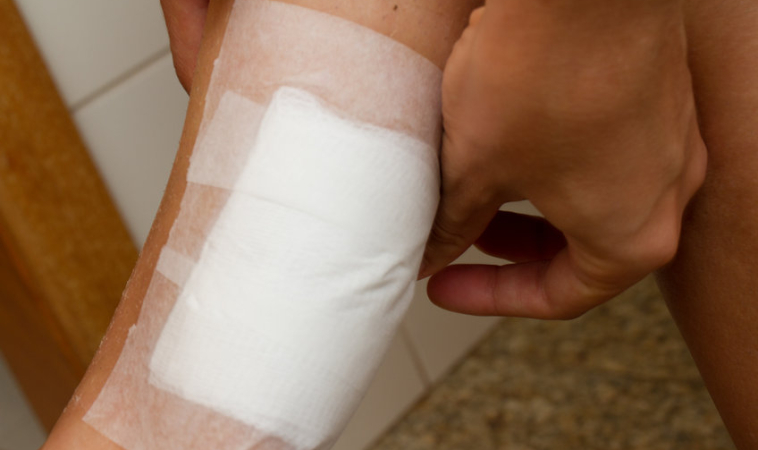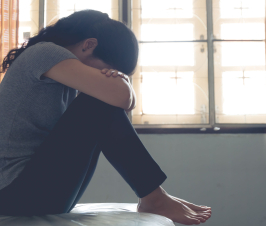Light therapy may accelerate the healing of burns, according to a University at Buffalo-led study.
The research, published inScientific Reports, found that photobiomodulation therapy — a form of low-dose light therapy capable of relieving pain and promoting healing and tissue regeneration — sped up recovery from burns and reduced inflammation in mice by activating endogenous TGF-beta 1, a protein that controls cell growth and division.
The findings may impact therapeutic treatments for burn injuries, which affect more than 6 million people worldwide each year, says lead investigator Praveen Arany, DDS, PhD, assistant professor of oral biology in the UB School of Dental Medicine.
“Photobiomodulation therapy has been effectively used in supportive cancer care, age-related macular degeneration and Alzheimer’s disease,” says Arany. “A common feature among these ailments is the central role of inflammation. This work provides evidence for the ability of photobiomodulation-activated TGF-beta 1 in mitigating the inflammation, while promoting tissue regeneration utilizing an elegant, transgenic burn wound model.”
The study measured the effect of photobiomodulation on the closure of third-degree burns over a period of nine days.
The treatment triggered TGF?beta 1, which stimulated various cell types involved in healing, including fibroblasts (the main connective tissue cells of the body that play an important role in tissue repair) and macrophages (immune cells that lower inflammation, clean cell debris and fight infection).
The researchers also developed a precise burn healing protocol for photobiomodulation treatments to ensure additional thermal injuries are not inadvertently generated by laser use.
The effectiveness of photobiomodulation in treating pain and stimulating healing has been documented in hundreds of clinical trials and thousands of academic papers. The therapy was recently recommended as a standard treatment for pain relief from cancer-associated oral mucositis (inflammation and lesions in the mouth) by the Multinational Association for Supportive Care in Cancer.
Additional investigators on the study include Imran Khan, PhD, first author and staff scientist at the National Cancer Institute; Saeed Ur Rahman, PhD, assistant professor at Khyber Medical University, Peshawar; Elieza Tang, DDS, dentist; Karl Engel, senior field clinical specialist at Abbott; and Bradford Hall, PhD, staff scientist, and Ashok Kulkarni, PhD, senior investigator, both at the National Institute of Dental and Craniofacial Research.
1. Imran Khan, Saeed Ur Rahman, Elieza Tang, Karl Engel, Bradford Hall, Ashok B. Kulkarni, Praveen R. Arany. Accelerated burn wound healing with photobiomodulation therapy involves activation of endogenous latent TGF-β1. Scientific Reports, 2021; 11 (1) DOI: 10.1038/s41598-021-92650-w

Razi Berry is the founder and publisher of the journal Naturopathic Doctor News & Review, which has been in print since 2005, and the premier consumer-faced website of naturopathic medicine, NaturalPath. She is the host of The Love is Medicine Project docuseries, The Natural Cancer Prevention Summit, The Heart Revolution-Heal, Empower and Follow Your Heart, and the popular 10-week Sugar Free Summer program. From a near death experience as a young girl that healed her failing heart, to later overcoming infertility and chronic fatigue syndrome and fibromyalgia through naturopathic medicine, Razi has lived the mind/body healing paradigm. Her projects uniquely capture the tradition and philosophy of naturopathy: The healing power of nature, the vital life force in every living thing and the undeniable role that science and mind/body medicine have in creating health and overcoming dis-ease. You can follow Razi on social media: Facebook at Razi Berry, Instagram at Razi.Berry and join the Love is Medicine group to explore the convergence of love and health. Look for more, and listen to more Love is Medicine podcast episodes here.

















